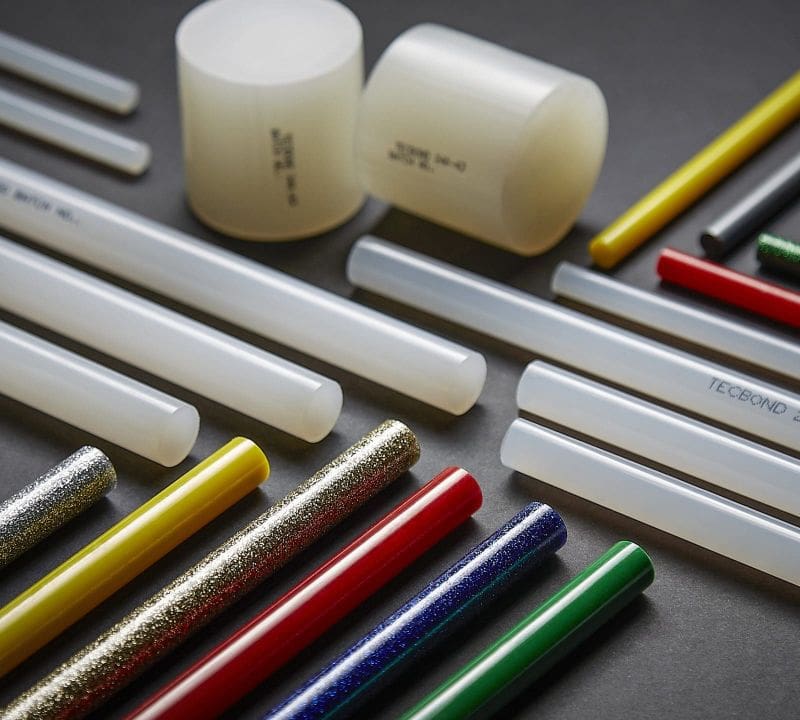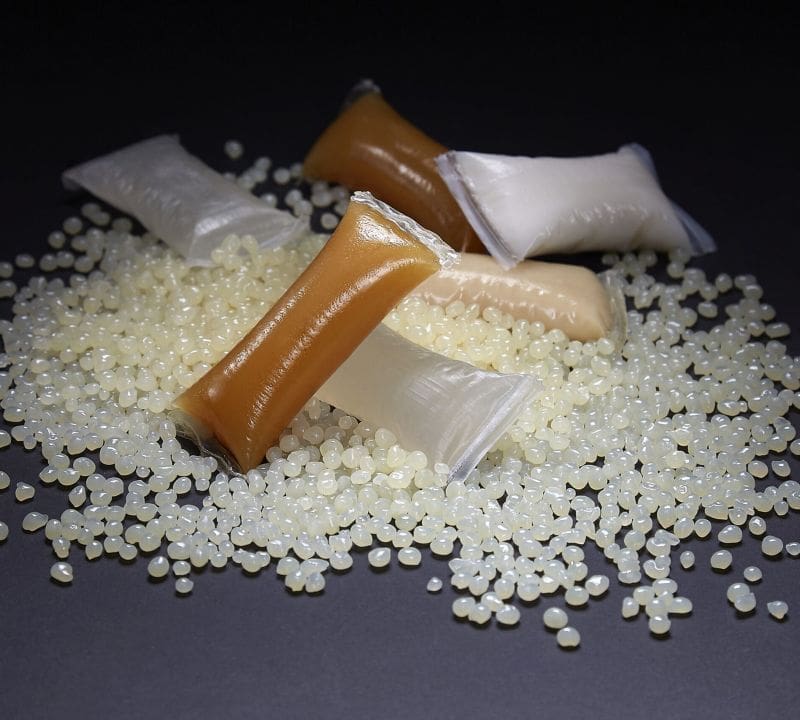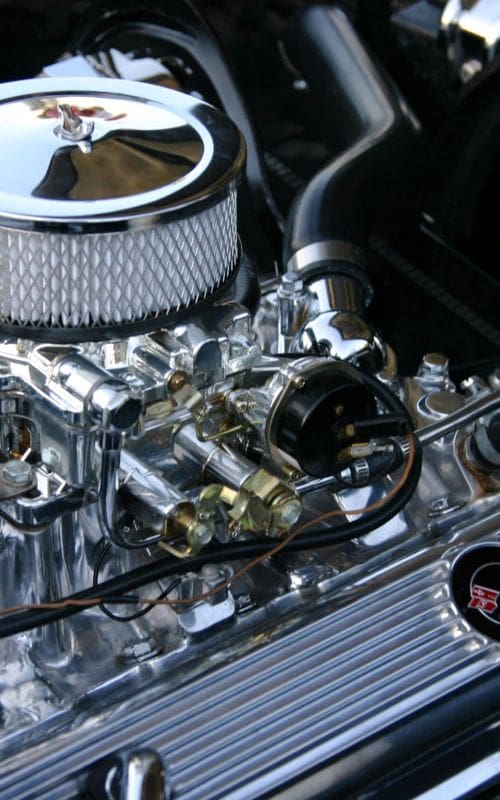Choosing the right compostable adhesive for your packaging format
Choosing the right adhesive has always been about balancing performance, efficiency, and cost. Under the EU Packaging and Packaging Waste Regulation (PPWR), there’s now a fourth dimension to consider and that is end-of-life alignment.
It is important to remember that not all biodegradable or compostable adhesives behave the same way and not every formulation suits every packaging type. To stay compliant and operationally efficient, converters must match adhesive chemistry to both substrate and intended recovery route.
Under EN 13432, all major components of compostable packaging must biodegrade and disintegrate under controlled industrial composting conditions. For adhesives, this means maintaining high performance during use and then safely breaking down into carbon dioxide, water, and humus when composted, with no microplastics or eco-toxicity.
However, packaging formats vary widely in temperature, bonding area, and load stress. A single adhesive type rarely fits all. Understanding the differences can save converters from costly trial-and-error and compliance setbacks.
Matching adhesives to packaging formats
Selecting the right compostable adhesive depends on both the packaging format and its intended end-of-life pathway. Each type of packaging presents unique challenges for converters, from production efficiency to bond strength and recyclability.
Fibre-based trays and wraps
Compostable trays and wraps used for produce or food service packaging demand adhesives that offer both strength and precision. These applications typically involve bonding coated or uncoated paperboard, which can vary in porosity and surface texture. A suitable biodegradable hot melt must provide a strong initial tack to hold the structure in place immediately, especially on fast-moving lines, while maintaining flexibility as the material cools.
Tecbond biodegradable adhesives achieve this by setting quickly and cleanly, preventing stringing or residue build-up on equipment. This clean-running performance not only reduces downtime but also ensures a smooth finish for high-volume production. When disposed of correctly, these adhesives then break down fully under industrial composting conditions, aligning with EN 13432 standards for biodegradation and disintegration.
Corrugated outers and display units
Outer packaging and lightweight display units must maintain integrity through handling, storage, and transport. These applications often require a balance between high bond strength and process efficiency. Compostable adhesives designed for corrugated materials provide the strong adhesion needed to withstand compression and vibration without delamination. The key is selecting a formulation proven to bond effectively with kraft paper and board substrates while maintaining compostability at end of life. Using a compatible hot melt also prevents contamination of recycling or composting streams, helping converters meet sustainability and compliance targets simultaneously.
Paper labels and fruit stickers
Labels and stickers are among the few packaging components explicitly required to be compostable under the PPWR. Adhesives used in these applications must hold securely to delicate or uneven surfaces like fruit skins or paper wraps, while also meeting strict compostability criteria. Certified biodegradable hot melts tested to EN 13432 or ASTM D6400 provide both reliable adhesion and verified environmental performance. By selecting these adhesives, converters can ensure their labels meet legal standards and customer expectations, avoiding the compliance risks associated with non-compostable alternatives.
Key takeaways for converters
- Check certification: Look for EN 13432 or ASTM D6400 compliance and supplier documentation.
- Align to substrate and recovery route: The right adhesive depends on whether the pack is destined for composting or recycling.
- Test performance: Evaluate open time, viscosity, and bond strength to ensure process compatibility.
- Plan early: Certification and customer approval cycles take time, integrating compliant adhesives now prevents disruption later.
Selecting the right compostable adhesive is not only about meeting regulation, but also about designing packaging that performs as well at end-of-life as it does on the line.



























Leave a Reply